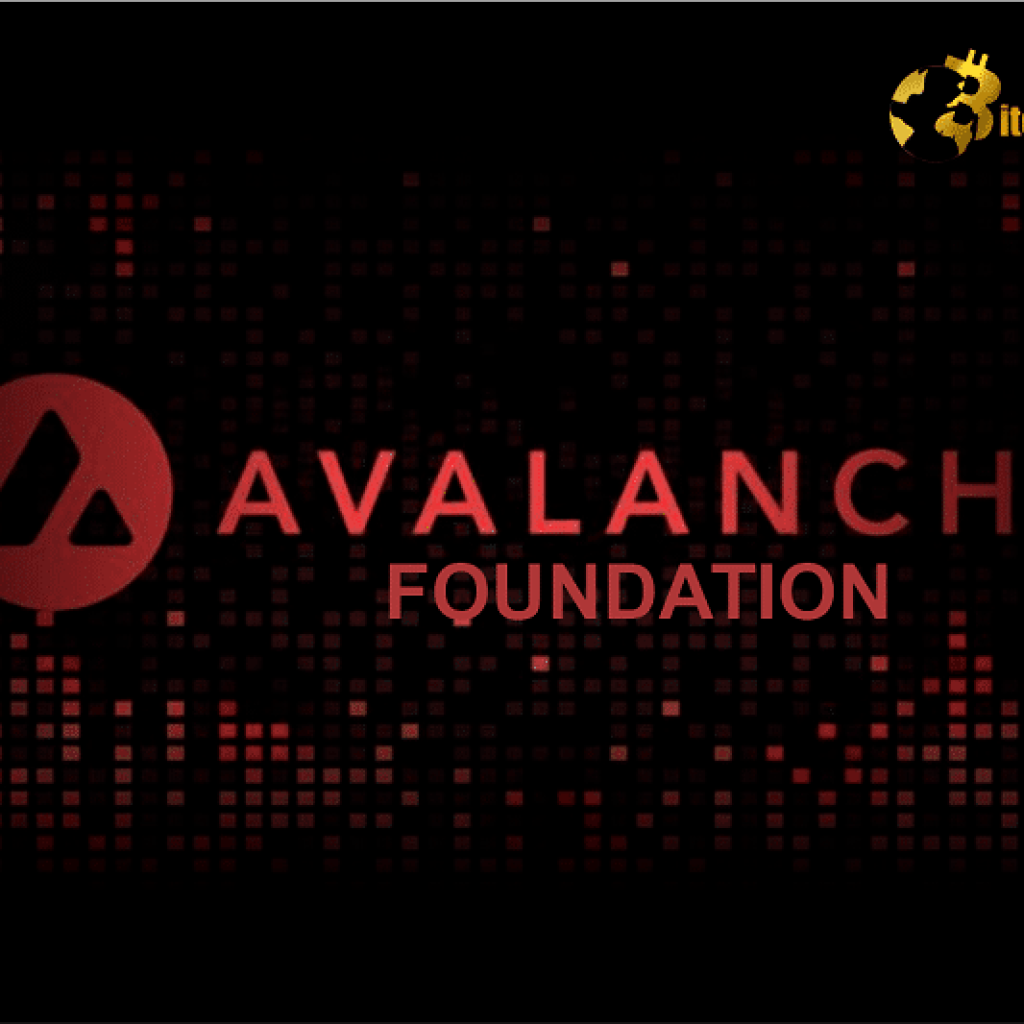C Labs, the development team behind the Celo blockchain, has unveiled a proposal to transition from being an independent layer-1 blockchain to a layer-2 solution on Ethereum. The decision was announced on Twitter, following extensive research and discussions with members of both communities.
The Celo team will release the proposal by July 22
A preliminary on-chain governance proposal, referred to as a “temperature check,” is expected to be released soon for the community to vote on, possibly as early as Saturday, July 22. Under the proposed migration plan, the platform would leverage Optimism’s OP Stack, allowing developers to establish their own layer-2 chains. Key technical features include a decentralized sequencer powered by Celo’s existing validator set and a design that retains Celo’s one-block finality.
The move to utilize the OP stack would eliminate compatibility monitoring, simplifying the process for its developers to take advantage of Ethereum’s extensive tooling and libraries. This enhancement is expected to foster liquidity sharing between Celo and Ethereum, bolster security, and provide a seamless experience for developers. Notably, Celo is already compatible with the Ethereum Virtual Machine (EVM), making it easy for Ethereum developers to port over their existing applications or create new ones using familiar tools.
Currently, Ethereum boasts over $26 billion in total value locked, while the platform has around $99 million, according to DefiLlama data. In the future, the team may consider upgrading to a highly scalable validium-based zkEVM, joining the growing trend of zk-rollups that leverage zero-knowledge proofs and EVM compatibility within the Ethereum ecosystem.
The proposed design for it includes off-chain data availability powered by EigenLayer and EigenDA, operated by Ethereum node operators and protected by restaked ETH. This approach aims to minimize Celo’s transaction fees while still achieving significant value for the project.
Vitalik Buterin, the founder of Ethereum, expressed excitement about Celo’s proposal and showed support in the comments section of the the platform’s Forum post. He even offered some technical suggestions for consideration, emphasizing his desire to see the Celo ecosystem become more closely aligned with Ethereum.
The team promises enhanced scalability and interoperability
The potential transition to an Ethereum layer-2 solution marks a significant milestone for Celo, as it opens up new possibilities for scalability, interoperability, and ecosystem growth. By joining the Ethereum-based L2 stack, Celo aims to enhance its mission and bring added value to its platform. The native token of the blockchain, CELO, experienced a notable spike of almost 10% on Monday, reaching a two-week high of $0.59. Over the last month, the token has gained nearly 45%, reflecting the positive sentiment surrounding the proposed migration.
The token’s transaction growth has been on the rise in recent months, although it still lags behind the levels observed in 2021 and 2022, according to data from Dune Analytics. The move to Ethereum’s layer-2 solution is expected to bring increased scalability and efficiency to the network, potentially attracting more users and further expanding the project’s reach.
The team’s proposal to transition to an Ethereum layer-2 solution represents a significant step towards achieving enhanced scalability, liquidity sharing, and interoperability. With Vitalik Buterin’s support and for the Celo ecosystem and foster closer integration with Ethereum’s vibrant blockchain landscape. As the project moves forward, all eyes will be on the forthcoming on-chain governance proposal to gauge the community’s sentiments and propel Celo’s journey towards a more interconnected future.





